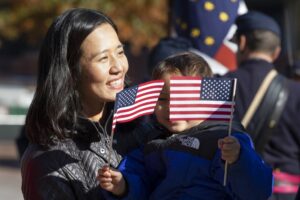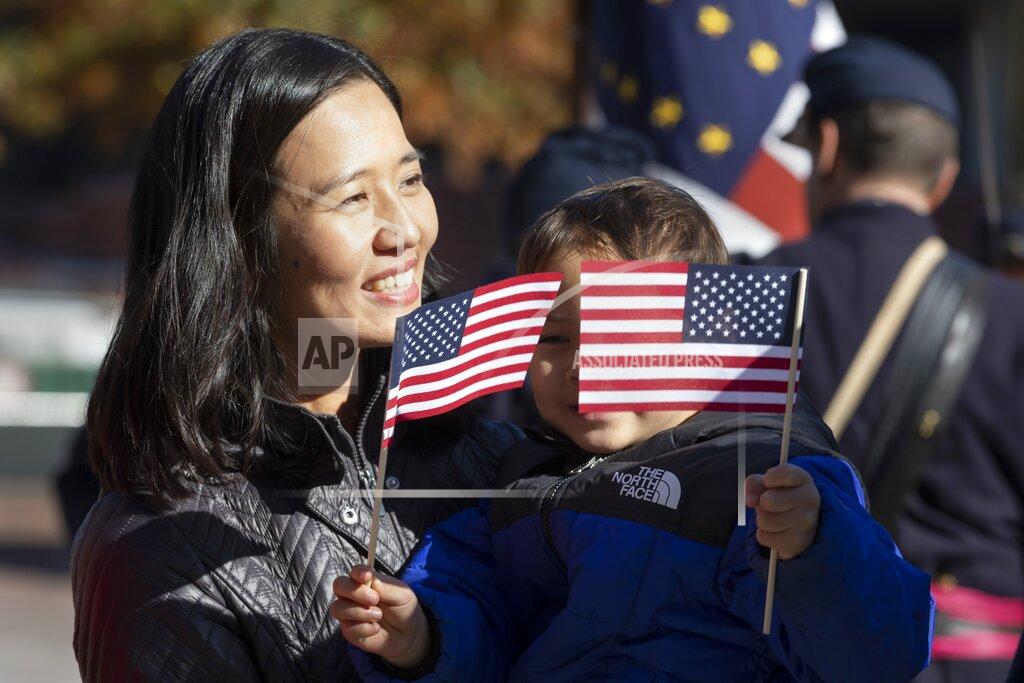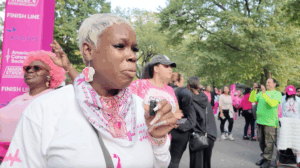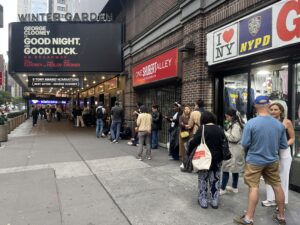
Asian Americans are beginning to see more faces like them in the political sphere after a long history of being under-represented.
Last November, Michelle Wu became the first Asian American, first woman, and first person-of-color to ever become the mayor of Boston, and in New York City, five new Asian Americans joined the City Council, setting a new record for Asian representation after a year of high incidence of racism and attacks in the city.
Despite the fact that Asian Americans are the fastest growing ethnic population in the U.S., with the Census Bureau reporting an 8.4 million increase between 2000 to 2019, as of mid-2020, Asian Americans and Pacific Islanders (AAPI) now make up less than 1% of elected officials, according to the Reflective Democracy Campaign.
“Who else would show any interest in the most underprivileged and disempowered members of the Asian American community?” said Professor Erin Chung, Associate Professor at John Hopkins University.
This January, 17 Asian Americans were sworn into Congress, compared to only seven in 2001. Progress towards representation in the halls of government has been gradual, said Chung, with 77% of Congress being white.
“I think it is something that has been in the making over the decades,” she said.
“Political campaigns have historically fallen short in reaching out to Asian American communities and in supporting Asian American candidates,” Diane Wong, an Associate Professor at Rutgers University, said in an email exchange. “However, we are seeing changes, especially at the local level,” she continued, citing the recent victories in Boston and New York, as well as in Cincinnati, which elected the young major Aftab Pureval.
In future elections, Chung believes there will be “more women and a more diverse representation of Asian Americans.”
But in order to win, Asian Americans voters will need to show up. “There have been barriers to entry from language access to low levels of voter outreach from political groups to stringent voting restrictions,” Wong said. With states like Georgia and Florida passing more laws that might make it more difficult to cast ballots, voter mobilization will become more important. In Texas, the Senate Bill 1, or SB 1, which reduces accessibility to voting initiatives popular with voters of colors like “overnight early voting hours and drive-thru voting,” as reported by the Texas Tribune.
To offset this, organizations like the Asian and Pacific Islander Fund (AAPIFund) have worked to improve civic engagement.
The non-profit recognized the need for funding organizations that support civic engagement. As of September 2021, the fund has awarded more than $7.5 million to over 60 AAPI groups to “build power and enhance racial solidarity across the country,” according to their website.
Asian Americans are not a single ethnic group — the most common ethnicities are: Chinese, Indian, Filipino, Vietnamese, Korean and Japanese. Yet it wasn’t until the late 2010’s that Asian American representation in Congress shifted from being predominantly Chinese and Japanese to being more ethnically diverse.
“You need organizations in different geographies that understand the complexities and the specific needs of their communities,” said EunSook Lee, Director of AAPIFund. Each AAPI community has a different ethnic makeup, and therefore has different needs.
“Community organizations are just as critical,” Lee added. “Especially if you enable them to have the resources to be independent.”








